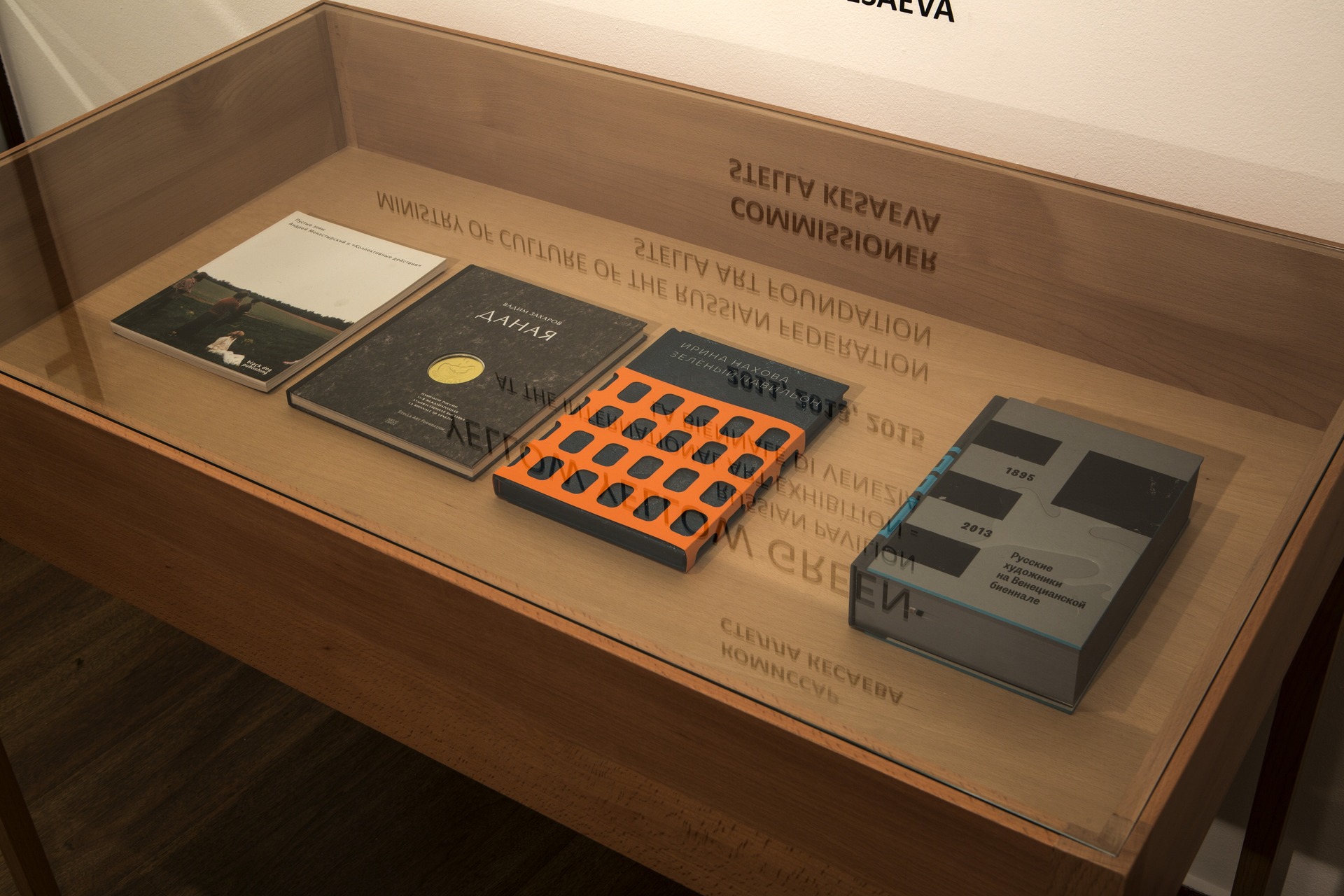
On June 29, 2010, Mrs. Stella Kesaeva, President of the Stella Art Foundation, was appointed by the Minister of Culture of the Russian Federation as commissioner of Russian pavilion at La Biennale di Venezia of 2011, 2013 and 2015. The foundation for the support of culture Stella Art Foundation was responsible for organizing and running exhibitions on view at the Russian pavilion of the 54th, 55th and 56th Biennale di Venezia. Thus, representation of the country at the largest international exhibition was entrusted by the government for the first time to a private non-profit institution and its head.
Exhibitions held these years at Russian pavilion constituted a kind of a triptych united by clear principles and convincing logic. First of all, during Mrs. Kesaeva’s tenure as the Russian pavilion’s commissioner the former practice of group exhibitions was abandoned in favor of solo projects. It was also extremely important that in all the three instances the commissioner was in charge of selecting the artist, who, in turn, named the curator of their preference.
Emphasis was thereby placed on the art itself, which, however, did not suggest more limited role of the curator, who, by being well acquainted with the artwork of the particular artist, helped them to adequately promote their original ideas to the international audience. All the artists chosen — Andrei Monastyrsky and Collective Actions group (K/D), Vadim Zakharov and Irina Nakhova — are major representatives of the Moscow conceptualism movement, the most powerful tradition in contemporary Russian art that has earned wide international acclaim, while all the curators suggested by the artists are outstanding professionals with solid experience of cooperation with prestigious European and American art institutions, including Boris Groys, the philosopher, theoretician and contemporary art critic who curated the Empty Zones by A. Monastyrsky and the K/D; Udo Kittelmann, director of the Nationalgalerie, Staatliche Museen zu Berlin, who worked on Vadim Zakharov’s Danaë project, and Margarita Masterkova-Tupitsyn, an independent curator, researcher and critic who worked in tandem with the first female artist of the Russian pavilion Irina Nakhova to present their Green Pavilion to the Venetian public.
In the years of Stella Kesaeva’s commissionership Russian artists began for the first time to actively engage the pavilion’s architectural environment in their own projects. Vadim Zakharov united both floors of the building with a powerful vertical axis that became the main spacial and figurative metaphor of his interactive installation. Irina Nakhova not only gave this artistic device employed by her predecessor a new imaginative turn, but went further, repainting the outer walls of the building from yellow to green, thus bringing the pavilion’s appearance closer to the image intended by its architect Alexey Shchusev. Besides, the artist took many of the typical features of Shchusev’s architecture to frame the projections used in her ambitious video installation.
The show dedicated to the exhibition activity of Stella Kesaeva and Stella Art Foundation at 2011, 2013 and 2015 La Biennale di Venezia is separated into three spaces, by the number of the projects run. Each of them is marked with the colour the pavilion was painted in during the respective year: yellow, yellow, and green.